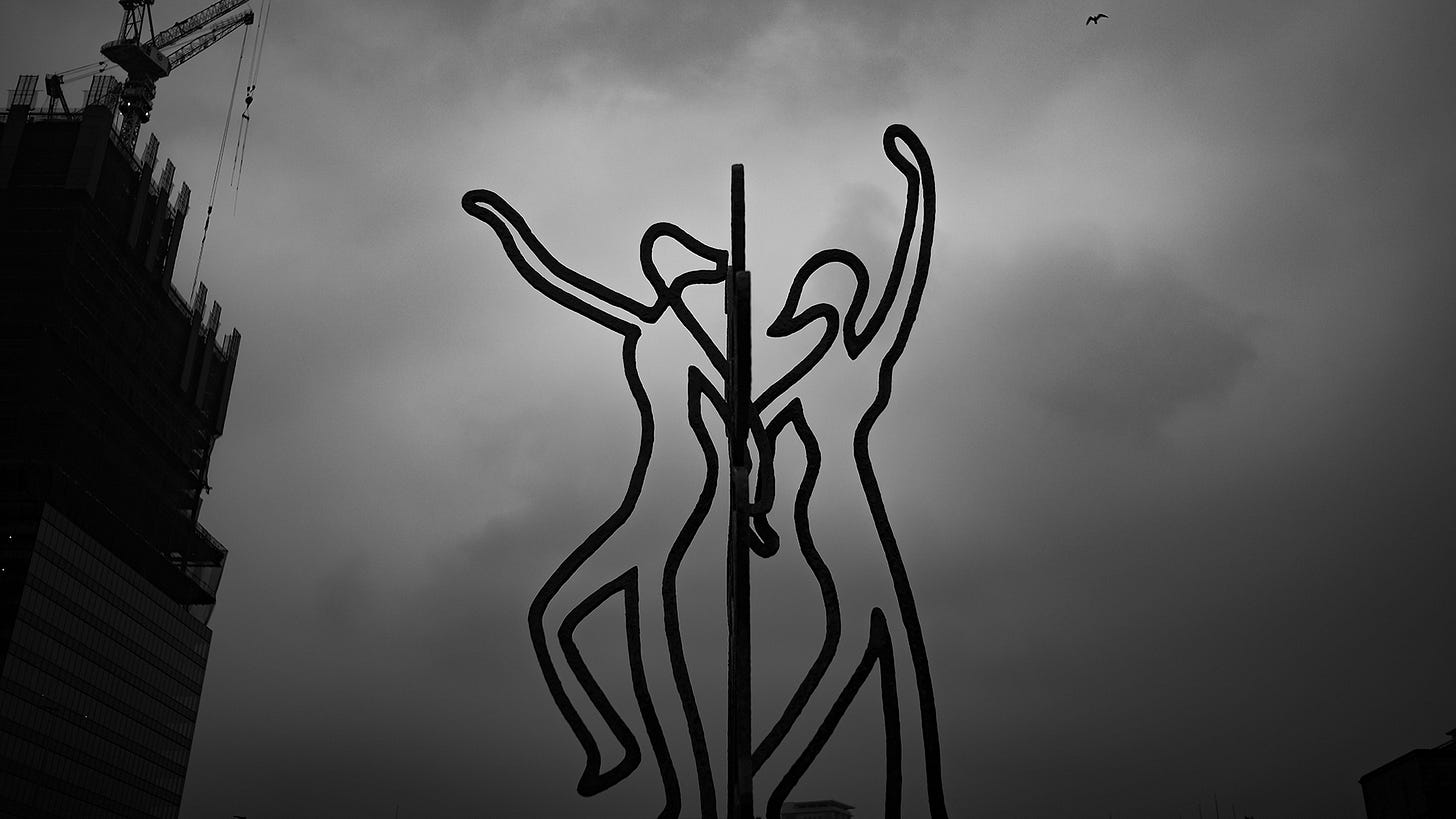Osaka’s Cultural Replacement
Present and Future Reflected in the Umekita Development
Under the tourism era, large-scale redevelopment across Osaka City has been carried out over a long period, but here I will focus on the area known as the “Umekita Area.” Tracing back its history, there are almost no traces that the present-day Umeda area was once prosperous; historically, Osaka’s main hubs of activity were around Tenma, where the Tenmangu Shrine is located, and further south in areas like Nakanoshima and Namba, where merchants lived in large numbers, engaged in economic activity, and achieved prosperity. Looking at Umeda today, it is hard to imagine, but as the kanji for “Umeda” suggests, it was once a remote area covered with rice fields and farmland, which gradually transformed into the current landscape of buildings through prewar and postwar development. Particularly after the war, the people of Osaka called Namba and Shinsaibashi “Minami” and Umeda “Kita”, nurturing their own distinct cultures, but unfortunately, with the arrival of people who did not understand this history and culture, combined with the trends of the times, these have been rapidly lost. This is the result of overtourism.
With the arrival of the overtourism era, large-scale redevelopment that ignored the previous approach of building the city for Osakans and instead prioritized creating a city for visiting foreign tourists—with budgets heavily allocated toward such purposes—advanced in both Kita and Minami, wiping out the deeply rooted cultural landscapes of Osaka that had existed until then. In reality, having observed Osaka for a long time, I can say that the scenery and the presence of Osakans I once knew have vanished, replaced by a cultureless scene dominated by large numbers of foreign tourists. Most of these tourists, lacking any understanding of the local culture, can be seen, surprisingly, walking through Minami’s downtown in beach sandals, shorts, and sunglasses. Confronted with such a marked decline in the quality of people, I myself hardly ever go into the city center anymore. In fact, today is probably the first time in over a year that I have come to Umeda. Many Osakans think the same way, and now they rarely go to Kita or Minami, instead gathering in places free from foreign tourists.
Considering Osaka’s history as the largest western base of Japan—surrounded by historic cities like Nara and Kyoto, with Tokyo to the east—it should never have lost the essential part of its culture. But sadly, the absence of leaders with an awareness of this culture meant that over the past 20 years, Osaka’s culture has been lost in one stroke.



